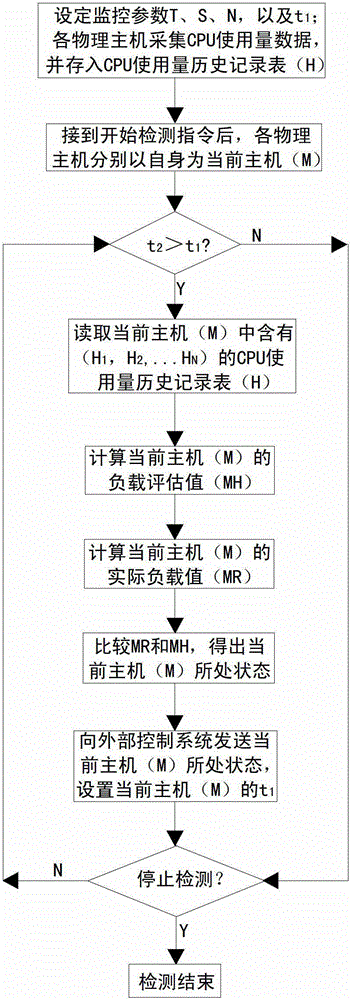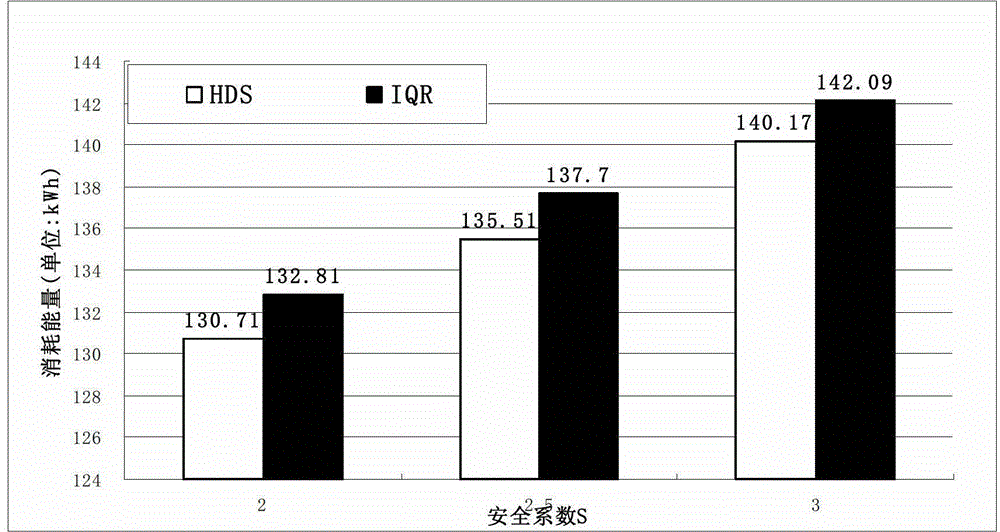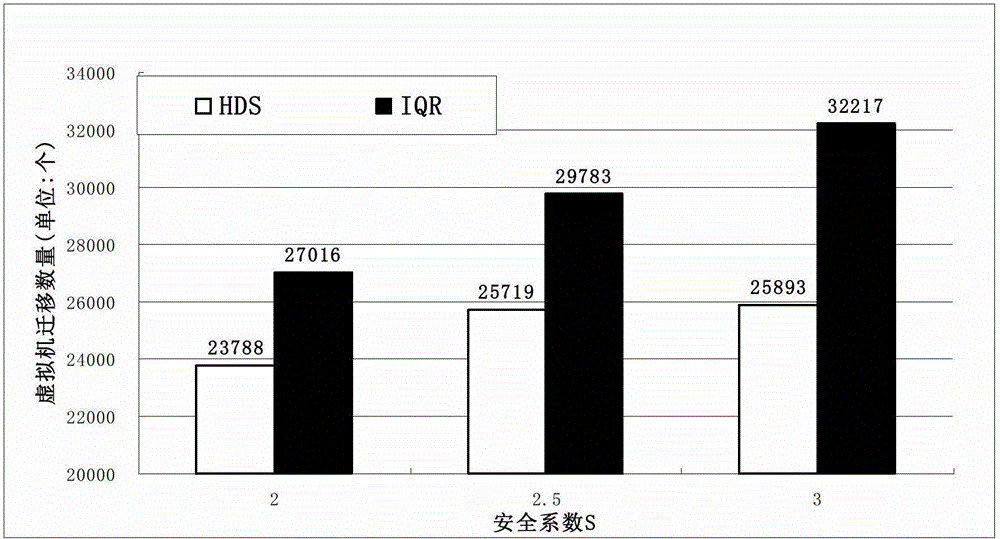Physical host load detecting method based on CPU (Central Processing Unit) heartbeat amplitude
A physical host and load detection technology, applied in the field of computer networks, can solve the problems of increasing the complexity of the judgment process, high energy consumption indicators of the physical host, and reducing the speed of judgment, so as to reduce the main energy consumption indicators, improve the performance of the physical host, Reduce the effect of running
- Summary
- Abstract
- Description
- Claims
- Application Information
AI Technical Summary
Problems solved by technology
Method used
Image
Examples
Embodiment
[0028] In this embodiment, the physical host load detection method based on the CPU heartbeat amplitude is as follows: figure 1 shown, including the following steps:
[0029] The first step is to set consistent monitoring parameters for all physical hosts, and use the moment when this step is started as the judgment activation time of each physical host (t 1 ); the monitoring parameters include the CPU usage collection period (T), the safety factor (S), and the number of historical data records (N); each physical host collects the CPU usage data once every CPU usage collection period (T) , and stored in the CPU usage history table (H); the CPU usage history table (H) includes a group of recent CPU usage data (H 1 , H 2 ,...H N ); go to the second step;
[0030] In the second step, after each physical host receives the start detection command, it takes itself as the current host (M); go to the third step;
[0031] In the third step, compare the moment at the end of the sec...
PUM
 Login to View More
Login to View More Abstract
Description
Claims
Application Information
 Login to View More
Login to View More - R&D
- Intellectual Property
- Life Sciences
- Materials
- Tech Scout
- Unparalleled Data Quality
- Higher Quality Content
- 60% Fewer Hallucinations
Browse by: Latest US Patents, China's latest patents, Technical Efficacy Thesaurus, Application Domain, Technology Topic, Popular Technical Reports.
© 2025 PatSnap. All rights reserved.Legal|Privacy policy|Modern Slavery Act Transparency Statement|Sitemap|About US| Contact US: help@patsnap.com



